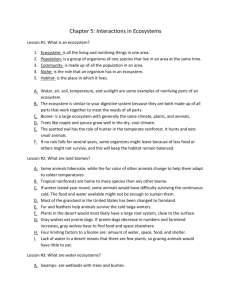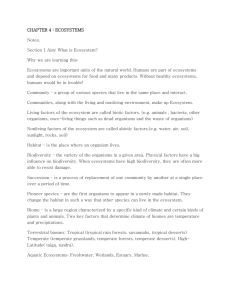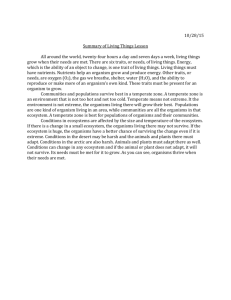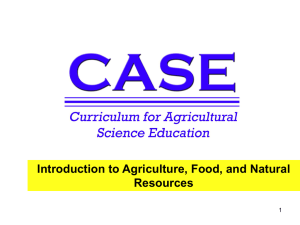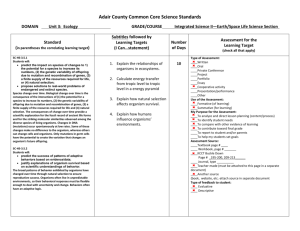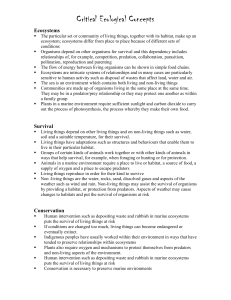YSP Grade 3 Curriculum Overview
advertisement
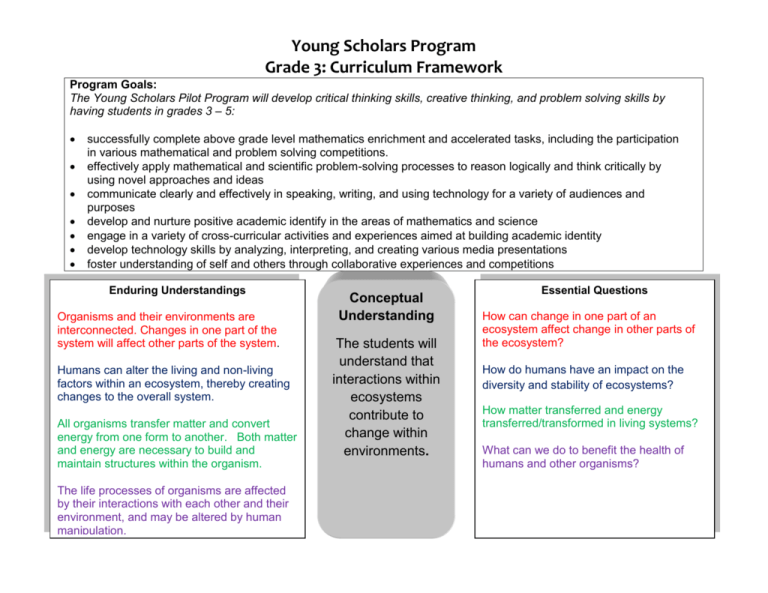
Young Scholars Program Grade 3: Curriculum Framework Program Goals: The Young Scholars Pilot Program will develop critical thinking skills, creative thinking, and problem solving skills by having students in grades 3 – 5: successfully complete above grade level mathematics enrichment and accelerated tasks, including the participation in various mathematical and problem solving competitions. effectively apply mathematical and scientific problem-solving processes to reason logically and think critically by using novel approaches and ideas communicate clearly and effectively in speaking, writing, and using technology for a variety of audiences and purposes develop and nurture positive academic identify in the areas of mathematics and science engage in a variety of cross-curricular activities and experiences aimed at building academic identity develop technology skills by analyzing, interpreting, and creating various media presentations foster understanding of self and others through collaborative experiences and competitions Enduring Understandings Organisms and their environments are interconnected. Changes in one part of the system will affect other parts of the system. Humans can alter the living and non-living factors within an ecosystem, thereby creating changes to the overall system. All organisms transfer matter and convert energy from one form to another. Both matter and energy are necessary to build and maintain structures within the organism. The life processes of organisms are affected by their interactions with each other and their environment, and may be altered by human manipulation. Conceptual Understanding The students will understand that interactions within ecosystems contribute to change within environments. Essential Questions How can change in one part of an ecosystem affect change in other parts of the ecosystem? How do humans have an impact on the diversity and stability of ecosystems? How matter transferred and energy transferred/transformed in living systems? What can we do to benefit the health of humans and other organisms? Science Overview for Grade 3 Conceptual Understandings Content Focus Duration Essential Learning/Key Concepts Interactions within the Environment 4 sessions The students will understand that interactions within ecosystems contribute to change within environments. Human Impact 4 sessions Matter and Energy Transformations 4 sessions Life Processes and Technology Application 4 sessions An interconnectedness exists among the living and nonliving parts of the environment. This interconnectedness can be observed by the changes made by plants and animals in their environment. Plants and animals need enough space and resources to survive. Overcrowding leads to an increased need for resources. All living organisms interact with the living and nonliving parts of their surroundings to meet their needs for survival. These interactions lead to a constant exchange of matter. Changes in an organism’s environment may be either beneficial or harmful. Organisms may be affected by other organisms, by various physical factors (e.g., rainfall, temperature), by physical forces (e.g., storms, earthquakes), and by daily, seasonal, and annual cycles. In order to survive, populations within an ecosystem require a balance of resources. Many natural resources are limited. The amount available can be made to last longer by decreasing the use of some resources or by reusing or recycling certain materials. Human activities may cause pollution or air, water and soil. Different technologies are used to access resources to meet human wants and needs. In many cases the environment is affected and resources become limited. Plants and animals are living things. All living things have basic needs for survival including air, water, food (nutrients), space, shelter, and light. In addition to basic needs for survival, living things have needs specific to the organism such as temperature range and food requirements. Plants need the Sun’s energy to grow and survive. Animals need food to provide materials and energy for life which they derive directly or indirectly from plants. The ability of an organism to meet its needs for survival is dependent upon its environment. Manipulation of the environment can positively or negatively affect the well being of various organisms that live there. Short term and long term studies are used to determine the effects of environmental changes (natural and man-made) on the health of organisms within that environment. Semester One The students will understand that interactions within ecosystems contribute to change within environments. In this sequence, students will investigate organisms and their interaction in an ecosystem. Lesson Sequence Indicators The Structure of Knowledge Conceptual Understanding: Students will understand that interactions within ecosystems contribute to change withing environments. Concepts: Change Interactions Interdependence Relationships Topics: Ecosystems Environment Plants Pollution


